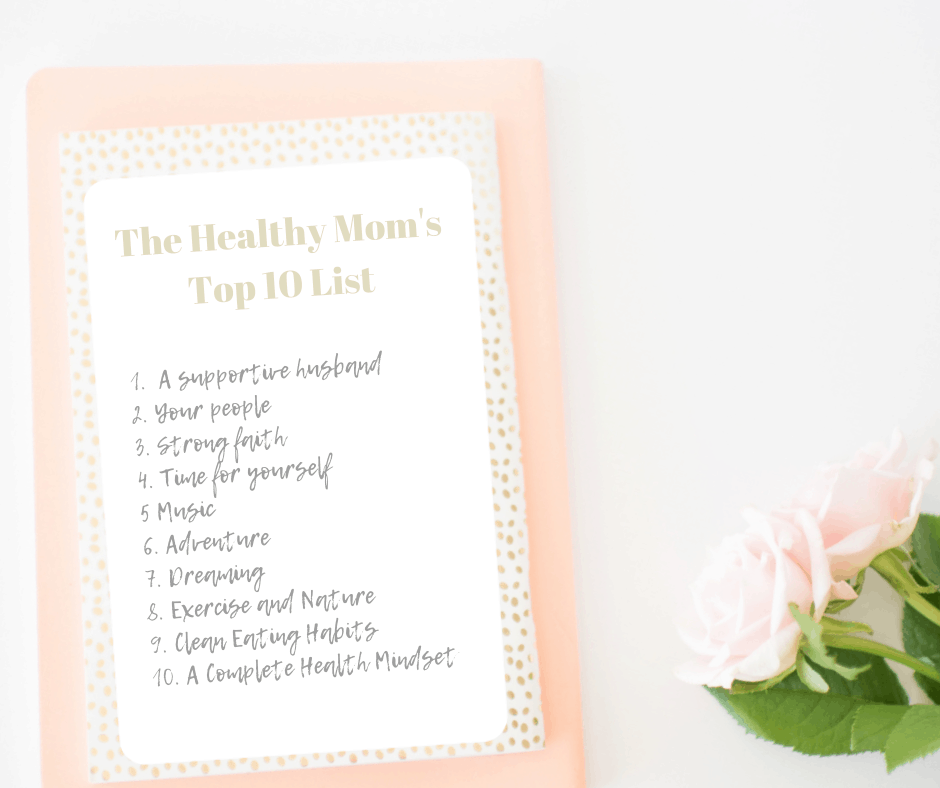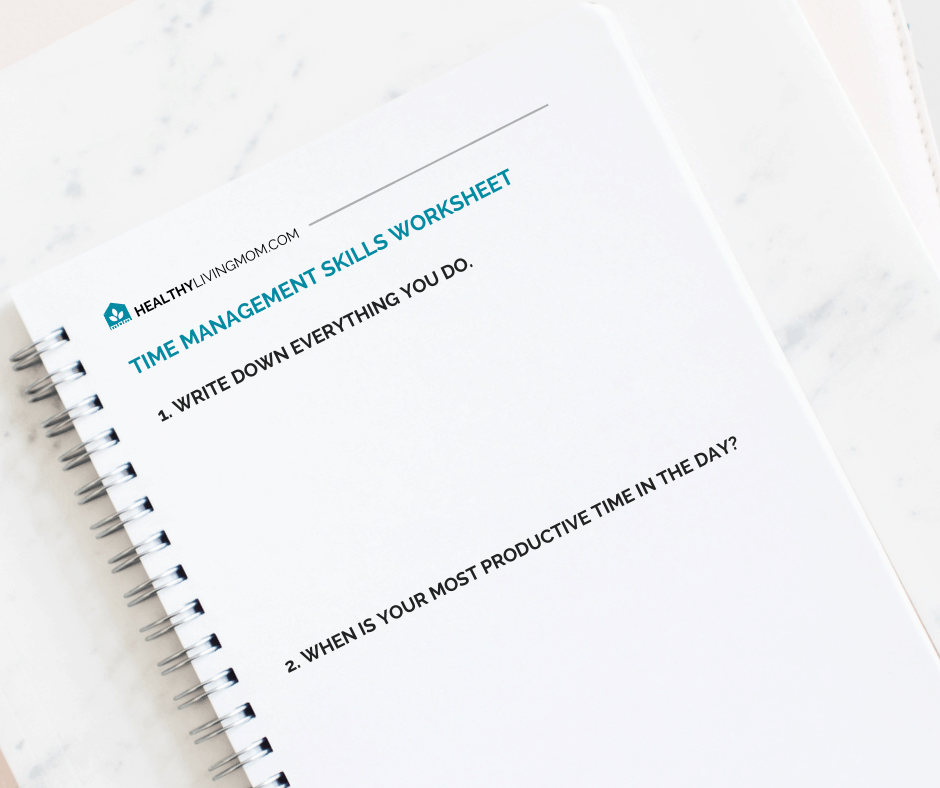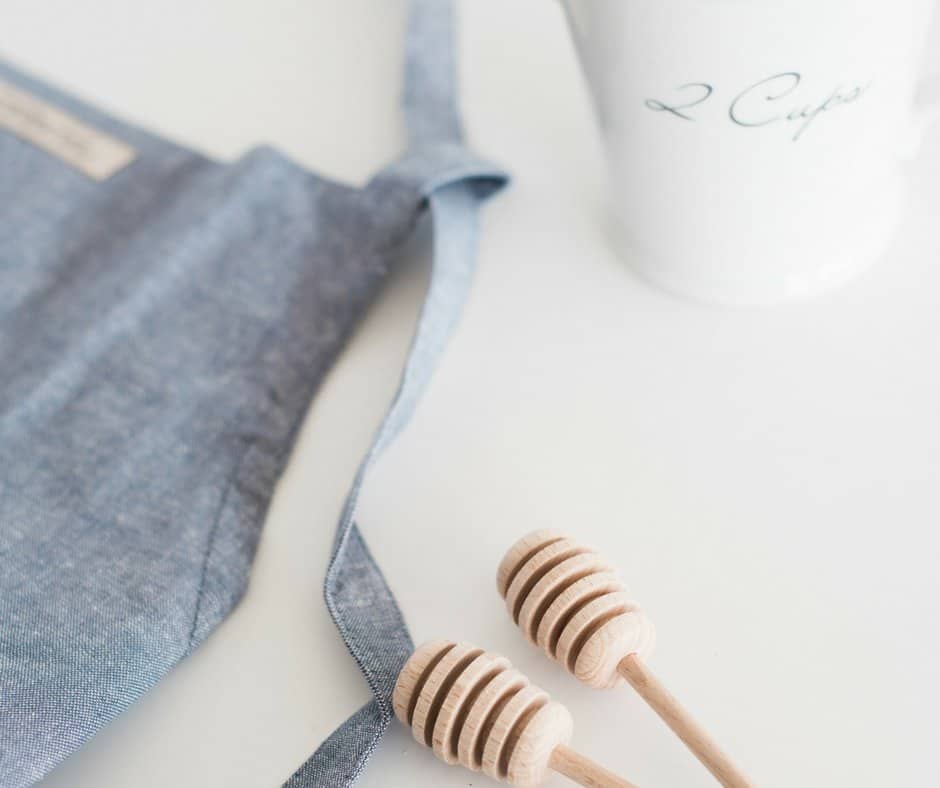How to Buy Groceries on a Budget and Still Eat Healthy
Typically when you search for ideas on how to buy groceries on a budget, you’ll get similar answers. Most often the suggestions range from a very extreme “Dave Ramsey Style” pay off debt quickly, which means beans and rice, and ramen noodles. Others suggest making all sorts of things like bread from scratch, casseroles and pasta dishes to stretch that dollar. Don’t get me wrong—all of these will work. In fact my family grew up on a lot of these ideas, and while they work, they also lack three very essential things for sustaining nutrition: fresh fruit, fresh veggies, and lean protein.
So, how can you buy groceries on a budget and still eat healthy?
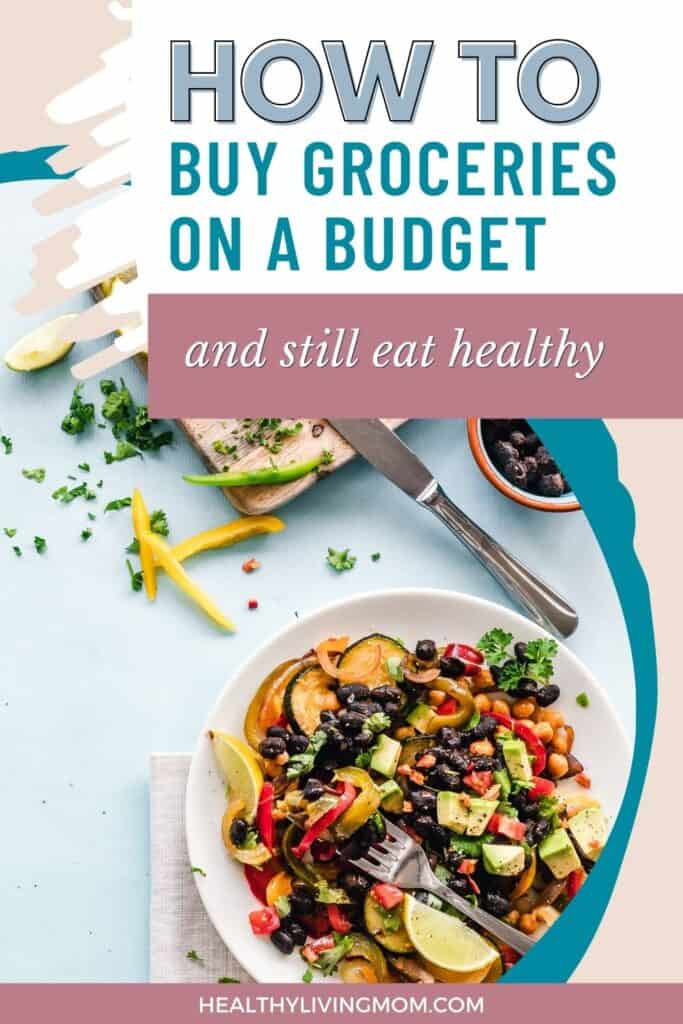
First off, let’s be clear. Having a budget does not equal cheap food—or even saving money. A budget simply is where you tell your money to go. The reality is that if you want to save money—you need to tighten your budget and reduce your spending.
And likewise, if you are a budget conscious individual who is concerned about money, you can still be smart with money without sacrificing your overall health. I’m convinced you can save money and still buy healthy groceries on a budget, too.
Here’s what I’ve learned, and what I do to buy groceries on a budget that are healthy (and even save me money on groceries).
How to Buy Groceries on a Budget
Here is my simple step–by–step process for buying groceries on a budget. This is the first step—the planning phase for buying groceries on a budget.

- Determine your budget.
Honestly, this is a primary Dave Ramsey principle. He will point blank tell you that he doesn’t care what you spend your money on, but you need to tell your money where to go. This is why I said, you can have a budget and still not save money. You have to plan to save money.
Mostly, Dave Ramsey is pointing people to develop good financial habits for getting out of debt. Creating and following a budget helps to keep spending in check. Unfortunately, some people automatically interpret that as buying groceries on a budget means buying cheap food. While this could be a route that people take, it’s much better to simply look at how much you currently spend during a month then determine a budget that is conscientious related to that.
If you’re working through Dave Ramsey’s Financial Peace University, he actually doesn’t suggest this, it’s more of a joke that people say about it. He actually emphasizes creating a grocery budget that’s right for you—not just going cheap.
Also, it’s really difficult to change two habits at once. And if you’re focused on budgeting, then trying to change your eating habits at the same time can be stressful and sometimes even detrimental to your health.
So if budgeting is new for you, I would recommend not going all out ramen noodles for dinner only—just to save money. Be reasonable for yourself and your health. After you create a budget and you decide you want to save money too, first start with determine what you can do without, like Starbucks, or potato chips.
I’m talking about the extra things. Then eliminate those extras from your shopping list or daily habits. - Assess what food you have on hand. How much food do you have? Do you need to start stocking your pantry? When prices start to rise at the grocery store, it’s a good idea to have additional stock of items that you regularly use and for you to have stock in an emergency pantry. These two are different. I’ll explain what that is in a bit.
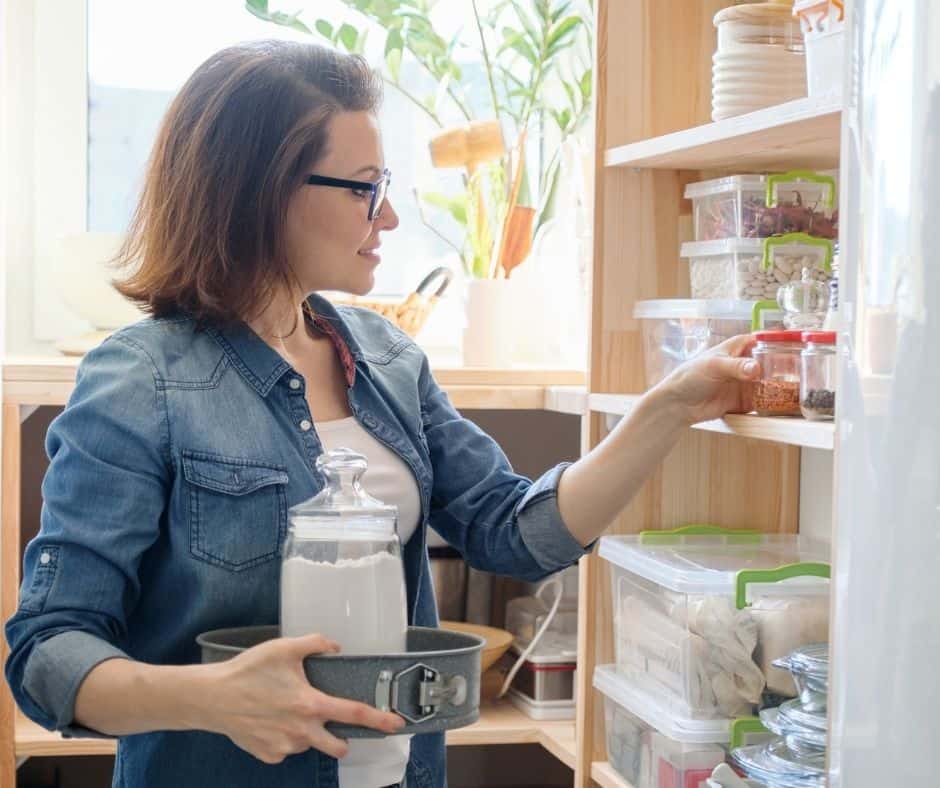
- Look at what is on sale for the week. Each store has a weekly ad. One of the exceptions is Wal–mart, but you can get an idea for their prices each time you shop. They rarely change and when they do, you’ll know it. The weekly ads will come in handy for buying groceries on a budget. It helps you to determine what is on sale and what you will buy either for adding to your pantry, your emergency pantry, or your weekly meal plan. Take a look at the ads for the store that you typically do your grocery shopping and then pull together your meal plan.
- Put together a meal plan for the week. Taking the store ads into consideration, if you are able, plan for two weeks or even longer. Generally I can get away with having fresh fruits and vegetables for two weeks at a time without having anything spoil. A quick tip here to make food last longer is to store items in glass containers. For example, make sure to cut up strawberries immediately and they’ll last for up to two weeks longer. Keep in mind that less trips to the store also means you save on gas. If meal planning has been a struggle for you, or you’re wondering “How do I plan a meal and grocery shop?”, start by reading how to meal plan the easy way or check out these tips for meal planning for beginners.
To wrap up the planning phase of buying groceries on a budget, take your meal plan and start putting together a list of what you need to buy.

How to Shop for Healthy Groceries on a Budget
As I’ve mentioned before, you can do healthy grocery shopping an stick to that budget. Here’s four different ways that I take the budget and planning phase and put it into action.
- Plan beforehand to only buy what is on your list. Be diligent to stick to the list. This is great for a budget, your health, and for teaching your kids that we have a plan and we stick to it. I actually use the phrase, “it’s not on our list” with our son. It’s a proven way to stop temper tantrum’s before they start! The only exception to your list, is when an item is on sale…more on that in a second. This is where those stores make their extra money. People tend to buy items that aren’t on their list. So if you want to stick to groceries on a budget—then stick to your plan.
- Make a point to shop at less stores. For me this is my preference. Many people recommend going to the place that you can use coupons and double coupons and where prices are the cheapest for those items. While I use coupons when I can, my time and gas are more important to me, then saving a few dollars by purchasing something for less at another store. I typically don’t go to a different store for something unless it is a considerable savings for me. However, I’m constantly evaluating this though—which includes knowing where the freshest groceries are at the time as well.
- Buy fresh, local, and in season. Here in Michigan, the summer time is when we have our growing season. It typically runs from May through early November for the most part. There are a few options where their are green houses, aeroponic farms, or even hydroponic farms, but mostly we just visit local farms.
Buying groceries on a budget and buying fresh and local doesn’t automatically mean going to a farmers markets. Although that is an option, we tend to visit local farmers directly or stop at roadside farm stands. In my experience, if you go directly to the field and pick your own fruits or vegetables, you can sometimes save as much as 50 to 70% more when things are in season, then if you buy it at the farmers market. Often it can be cheaper going to the field then even buying from the same farmer at the farmer’s market.
Sound strange? The difference in pricing is that when you go to the field, you are going directly to the farmer. When that same farmer is at the farmer’s market, they often have to cover more costs, like paying for having a booth. This isn’t always the case, but it happens. Sometimes it all depends on what you’re buying.
If you do visit the farmer’s market and there seems to be the same item at several booths—it’s likely that fruit or vegetable is in season. So buy those items. Also, another option to save money for buying groceries on a budget, is that you can grow your own fruits and vegetables or even purchase a share in a local CSA (community supported agriculture). Or you might even want to check to see what friends you have that grow their own food. They may be willing to sell some (or give you any extras) of what they grow. - Buy meat in bulk whenever you are able to, or when it’s on sale. You can prep meat then freeze or just freeze what you are not using for the week. Even this last week I got 15 lbs of corned beef for half price. This is the season for it right now! And honestly, I’ve never seen prices this low before, and so I stocked up. Plus, the bonus is that corned beef is one of our favorites. You’ll want take advantage of this type of deal when it happens. And if you plan to buy groceries on a budget and stick to it, then you’re more likely to set money aside for the deals before the happen.
Having a local butcher is also great option for local and fresh. But in case you don’t have that option, a Sam’s Club or Costco membership can come in handy for organic and grass fed meat. We’re personally blessed in that my in–laws raise performance–bred Polled Herefords, so we typically have local and fresh grass fed beef every spring.
For our family of three, a half steer usually takes care of our needs for the winter. We mostly stock our freezer with ground beef, cubed steak, roasts, and a few steaks—all good budget conscious cuts of meat. No fancy filet mignon here, unless we budget for it!
Next, let’s cover just exactly what should be on your grocery list—so that you can be healthier!

What to Buy for a Healthy Grocery List
- To keep things healthier—stay to the outside aisles of the grocery store. Some say to limit your dairy intake because it can cause inflammation, but that’s something you’ll have to determine for yourself. Each person is different. Buy fresh foods as much as you can. If you want to save a little or need things to stretch a bit more, you can reduce your protein intake and add more vegetables.
For salads, instead of buying the higher priced field greens only, just buy one container of field greens and add a little to your romaine salad. Buy a bag of romaine lettuce hearts then chop them up yourself rather than buying bagged romaine salads. Although, you need to know yourself! After several romaine hearts had spoiled, I realized that I needed to buy bagged salads because it was just easier for me. Then we didn’t have anything go to waste—food or money.
- If you can, buy organic. Organic can be pricy…so shop around. Sometimes my best buys are at Walmart, not Aldi. However, organic eggs and canned vegetables that have no salt and are organic, I have found are much cheaper at Aldi.

- If organic isn’t available, the next best healthy choice is local fresh, followed by frozen. Another thing to keep as a reference is the Dirty Dozen List. The Dirty Dozen list details those items that have the most pesticide application according to test results for the current year. Typically the list is the same, but it occasionally changes from year to year.
- If you do buy canned goods, look at the ingredients. Specifically keep an eye on sodium levels. Canned goods are notorious for having high levels of sodium. For a healthier choice, you’ll want the least amount of sodium as possible. Keep in mind that if the label says 25% less sodium, that doesn’t always mean it has the least amount of sodium compared to other brands. Make sure you look at the actual sodium content!
Having less or no sodium also reduces the shelf life, but, it’s much better to add your own salt to taste. I mainly stick to diced or stewed tomatoes, green beans, artichokes, beets, and asparagus as my staples. These are all lower in carbohydrates but provide excellent nutritional value. - Exceptions to your planned grocery list.
3 Things Manufacturers Try to Hide
One more thing that I want to make a point of in regards to shopping for groceries on a budget. During times of inflation and when manufactures are trying to cut costs, they do some things that are not easily recognizable to the consumer. Here are some things to keep in mind:
- Reduced Quantities
Manufacturers don’t always raise prices. But instead, they change how much you get for the price that you are paying. This is critical if you are trying to follow a recipe that mentions specific measurements for ingredients.
An example of this, is when I went to make my easy summer dessert recipe which included ice cream sandwich bars as an ingredient. I hadn’t made the recipe in a while and so I wasn’t aware that the size of the ice cream sandwich bars had shrunk quite a bit in relation to the cost.
Another thing that they changed was the amount of ice cream sandwich bars that they included in the packaging. I had to purchase four times the amount of packages to finish my recipe—compared to my original recipe. - Reduced Quality
Manufacturers will try and make you think you are getting a good deal by offering you prices that are buy two get one free. Or something similar to that. First look at the expiration date. Often the item has an expiration that is within a week or so. Which leads to a third point to look for. - Deceptive Packaging. Take a closer look at the amount you are getting in each unit of a packaged unit. Sometimes the manufacturers will repackage items into a double units to make it look like you are getting more. The only way to really know if it’s good deal is to look at the package details closely. Is the price for the combined units comparable to the price and amount of an individual unit? There is no sense getting a “deal“ if it’s not really a deal. You could end up spending more and sometimes getting less in the long run.
Now that we’ve covered the process of planning and actually buying those groceries on a budget—let’s make sure that you get the most out the process and use up all of that food before it goes bad.

After Shopping Tips
- Take an Inventory. After getting home from the store, you can write down what items were on sale, what store you bought them from and write down the price and the date. I don’t have to do this anymore, because I have been paying attention to prices and quantities for awhile. I know what things cost and when they’ve raised the price and also have reduced how much is in a package. (Yes, they like to do that.)
This list that you put together will come in handy because stores have cyclical sales—so in about three to five weeks that sale will come around again. And guess what? You already have a meal plan put together for that week. - Unpack Everything. Take the time to unpack any foods from their original packing and repackage, prep, or freeze. Remember, anything that you repackage and put into glass containers, typically will extend it’s life.
- Make that dollar stretch. As much as you can stick to that meal plan—don’t deviate from it. If you want to go out to dinner—plan for it. And use specials whenever you can so that you don’t break that budget plan.
Buying Healthy Groceries on a Budget and the Skeptic
Okay, there’s always someone that is a skeptic when it comes to eating healthy and not being able to afford fresh fruit, fresh vegetables, and lean meat. The truth is, it’s possible.
You see, a long time ago I did the whole “eat ramen noodles and mac n cheese” thing.
I was a recent college graduate, had enormous school loans that needed to be paid, along with rent, and credit card debt. There was so much that I had to pay and with my full time job, by the end of the pay period I only had enough money to eat that way. So I thought.
But the reality was that I had enough money to eat healthy, but my security was more in having a little more in my bank account. That felt safer to me then my health. I ate that way for months, until my younger brother who lived with me for a few months at a time, confronted me about it. My health was starting to noticeably deteriorate, but I didn’t want to admit it. It was a huge struggle for me that even developed into me starving myself at times because I felt so stressed about paying for my debts.
Only my brother knew this about me. Lovingly, he said, you need to be taking care of yourself. You can do this.
Now there’s something I want to say about this specifically for a moment.
This is one of the big reasons why I’m passionate about helping people to live healthier lives—the godly way. Controlling what you eat to try and control stress in your life will only bring heartache, pain, and potentially harmful consequences to your physical health.
Trust me, you can buy groceries on a budget and still eat healthy. It starts with making a sensible budget and sticking to it.
If you think you can’t budget and eat healthy, that you can only afford ramen noodles, then that just might be a symptom that there’s something else going on that is deeper. Like what I was struggling with years ago. If that’s you, and even as I mention it, you know that that’s you, please seek help from a trusted friend, a licensed Christian counselor, or your pastor.
Like my brother said, I’m sharing the same encouragement for you today: you need to be taking care of yourself. You can do this, with God’s help.

Healthy Weekly Meals on Autopilot
In closing, after you buy groceries on a budget a few times, you should have a good set of healthy weekly meal plans that are already done for you—and that are budget friendly. It’ll almost be like your meal planning is on autopilot!!
However, if you’re still struggling and need a really easy way to put together meal plans, be sure to check out that post I mentioned earlier, how to plan meals the easy way. It truly is easy to do. I promise you can meal plan with little to no effort and have meals that are healthy.
Or if you need some more inspiration, here’s 9 different meal planning ideas to make dinner fast, delicious, and inexpensive. I think you’ll be encouraged by it.


